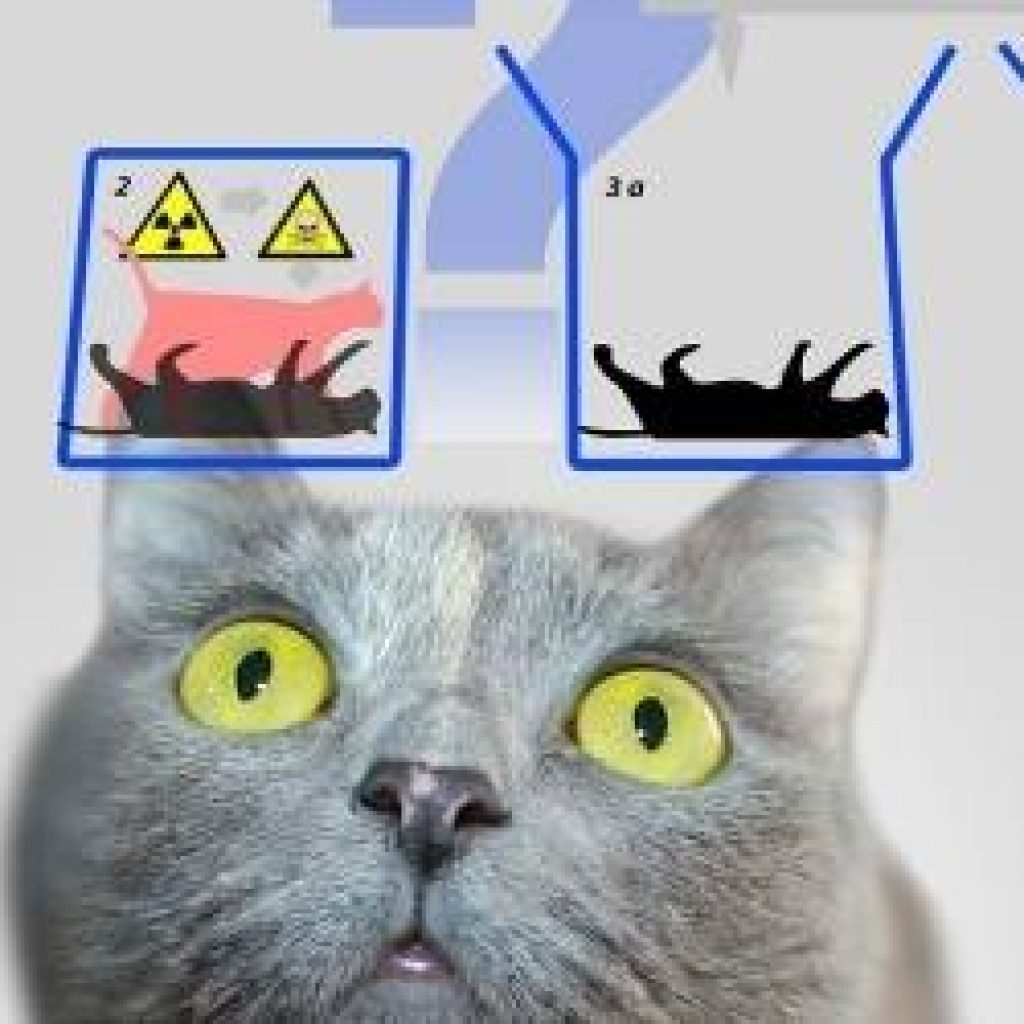(Phys.org) A team of young scientists from the Institute of Natural Sciences and Mathematics of South Ural State University, under the guidance of physicist and mathematician Professor Sergei Podoshvedov, have proposed an algorithmic generator of the nonclassical state of light representing a “Schrödinger’s cat state” of a very large amplitude. This algorithm plays an important role in quantum coupling and quantum computations in the optical field with the use of laser sources.
In quantum computations, the Schrödinger’s cat state is a special entangled (coupled) state of qubits, in which they all are in an equal superposition of all zeros and ones. “Qubits can be affected by the surrounding environment and, therefore, require reliable computing systems. All of that places very exacting demands on any physical system based on qubits, as well as the quantum gates that transform the input states of qubits into output states. Different physical systems can be used for different quantum protocols. In particular, since light has the maximum possible propagation velocity and weakly interacts with the surrounding noisy environment, optical systems are placed alongside atomic systems when developing the possible configurations of a quantum computer,” explains Dmitrii Kuts.
Though multiple approaches to optical quantum computers have been proposed, none is completely satisfactory; existing proposals are quite complicated or are limited in application. The Schrödinger’s cat state could allow researchers to reduce losses during the quantum processing of information, and can be created in any environment with large amplitudes.
Efficient Production of Large-Size Optical Schrödinger’s Cat States
